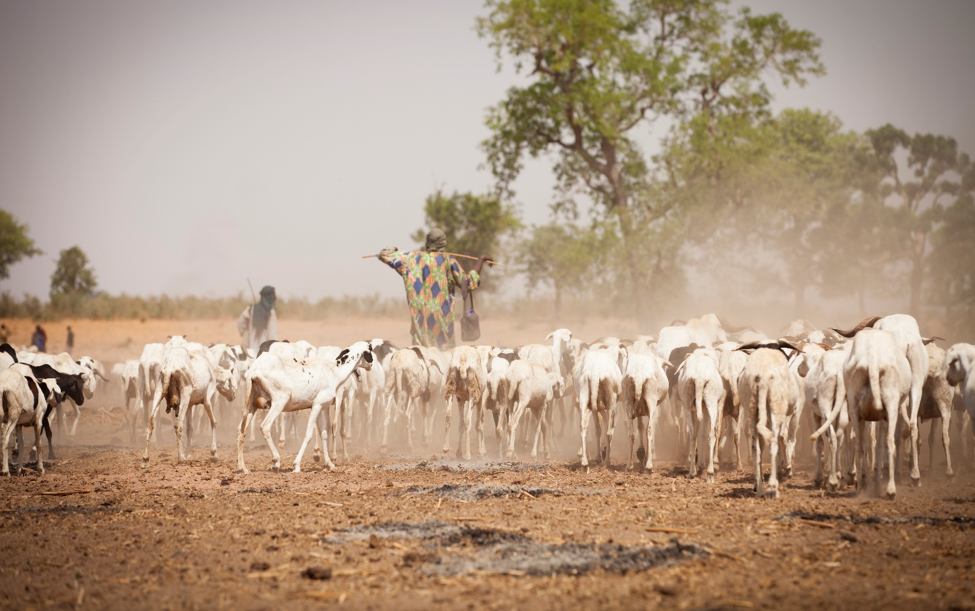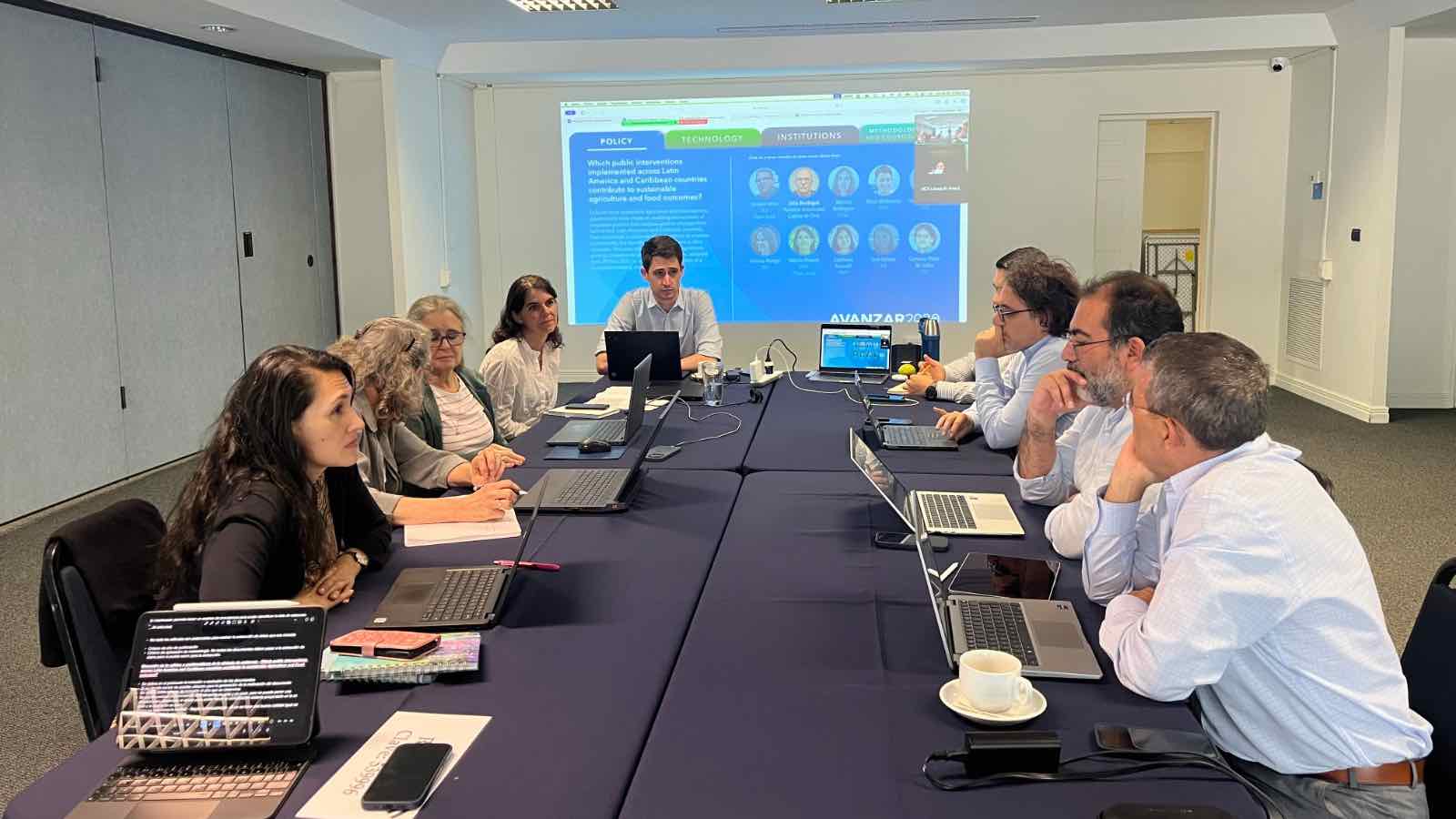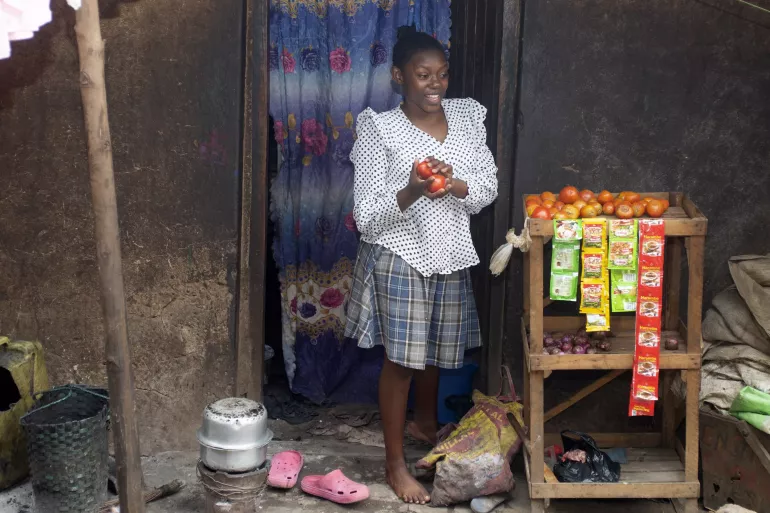I grew up on a small farm in northern Tanzania and I have been trying to answer one key question: Why do smallholder farmers degrade the land they heavily depend on, killing the goose that lays the golden egg? As we mark World Soil Day (Dec. 5), this question is more urgent than ever.
I had the opportunity to investigate my question when I was hired by IFPRI in 1999 and posted to Uganda—a country that ranks third in Africa south of the Sahara (SSA) in applying the smallest amount of fertilizer per hectare. One of the reasons that Uganda doesn’t experience frequent food crises is the high fertility of volcanic soils on the densely populated slopes of the mountains in eastern and western districts. In addition, soils in the Central districts around Kampala used to be so fertile that farmers had a joke that goes, “if you throw a dead piece of wood on the ground, it will sprout into a healthy plant.” But Uganda’s rural population has been growing rapidly: In 2015 it was 33 million people, tripling since 1980. This growth has put unprecedented stresses on land and soil. Land fragmentation has risen: Per capita cropland fell from half a hectare in 1980 to only a third of a hectare in 2015. A rise in continuous cultivation, meanwhile, has depleted soil nutrients, and farmers are beginning to see declining crop yields. Systematic application of external inputs, especially fertilizer, could help alleviate this problem. Unfortunately, this idea meets resistance.
In my quest to answer my childhood question, I talked with Pauli Chelangati, a maize farmer on the slopes of Mount Elgon in eastern Uganda. Mr. Chelangati inherited his land from his father 25 years ago and has never applied any inorganic fertilizer since. I wanted to let him to know that fertilizer application is profitable. To prove my point, we did a back of the envelope calculation of the profitability of fertilizer. He supplied all input costs, maize yields with and without fertilizer, and prices of maize. I then computed the profit with and without fertilizer—showing that if Mr. Chelangati applies fertilizer in combination with organic inputs, his profit would be three times that from his practice of no external inputs. Mr. Chelangati looked at the results and simply said, “Your calculations are good on paper, but reality on the ground is very different.” He then walked away leaving me bewildered.
The approach to land management practiced in Uganda is common in many African countries. Excluding South Africa and Mauritius, intensity of fertilizer nutrient (nitrogen, phosphorus and potassium) use increased by only 4 kg/ha between 1982 and 2014—from 7 to 11 kg/ha. Even though this increase is about 60 percent, it falls well short of the Abuja Declaration target of 50 kg/ha by 2015. SSA’s intensity of fertilizer application is the lowest in the world; this is a serious problem, since the consequent land degradation puts into jeopardy the global target of zero net land degradation by 2030, the 15th UN Sustainable Development Goal (SDG).
We recently conducted a study to determine profitability and adoption rates of soil fertility management practices in SSA. We also examined their effects on adaptation to climate change. The results show an inverse relationship between profit and adoption—a bewildering pattern, given farmers are known to respond to agricultural prices and other incentives.
For example, adoption of integrated soil fertility management (ISFM)—a practice that combines judicious amounts of inorganic fertilizer and organic inputs—was the lowest even though it was the most profitable, produced long-term sustainable yields, and reduced climate-related production risks. Like Mr. Chelangati in Uganda, most farmers in SSA do not apply external inputs on cropland – even though such practice has the lowest profit, is unsustainable and increases production risks.
Our study reveals several reasons behind the inverse relationship between adoption rate and profitability. Extension service providers have only weak capacity for promoting ISFM and other sustainable land management practices: Only 32 percent of extension agents promoted organic soil fertility management practices. ISFM and other practices are generally knowledge-intensive and require still greater interaction between farmers and extension agents. They are also labor-intensive, which may hamper their adoption by resource-poor farmers. Market access also must improve in order to enhance adoption rates of ISFM and other sustainable land management techniques. For example, the adoption rate of ISFM on maize plots in Kenya is 24 percent, among the highest in SSA. This relatively high rate reflects Kenya’s strong extension services and networks of national and international NGOs and other organizations that have been actively supporting agriculture in Kenya. The country’s market-based economy has also led to thriving agribusiness growth, which has provided incentives for farmers to invest in land improvement.
Even though Kenya still has a long way to go to reach the zero net land degradation goal, its success story provides hope for achieving SDG15—if more farmers worldwide get the required rural services and market environment that incentivize them to invest in land improvement. As the world continues to seek answers to my childhood question, it is crucial to scale up efforts to provide sufficient rural services and incentives, so that farmers can have available the tools for sustainable land management.
Ephraim Nkonya is a Senior Research Fellow in IFPRI’s Environment and Production Technology Division.







